In the design and operation of oral irrigators, vacuum-assisted skincare devices, or dental suction tools, two common issues—pump failure and weak suction—often occur together. While either problem alone can degrade performance, their combination often signals a terminal system malfunction that demands immediate design review and structural correction.
Pump failure** typically results from mechanical wear, motor burnout, or obstructions. In B2B-use cases like high-frequency clinic tools or home devices used intensively, the following root causes are frequently seen:
In many designs, the pump is directly tied to the device’s core functional output—once compromised, performance drops sharply.
The most immediate effect of pump degradation is suction loss. Without proper internal pressure regulation and consistent mechanical actuation, devices can’t draw fluid efficiently.
Key mechanical reasons include:
This weak suction is often first observed by end-users as reduced effectiveness or strange sputtering sounds. Company web:https://www.powsmart.com/product/electric-toothbrush/
Besides design flaws, external and user-dependent conditions may aggravate both issues:
Without environmental consideration during R&D, field failure rates may spike post-launch.
For OEM clients or QA teams, knowing when the issue is terminal vs. repairable is crucial. Key red flags include:
When multiple of these appear, it typically means both the pump and suction system have degraded beyond efficient recovery.
Manufacturers can mitigate such failures early in development through:
Preventive design is especially important for B2B clients who depend on uptime and service consistency.
Ignoring early signs of pump failure and weak suction not only leads to product returns but also damages brand trust. In institutional or retail partnerships, these failures:
On the flip side, addressing these issues in the engineering phase can elevate your product’s reliability profile, particularly in markets where performance consistency is a sales driver.
When pump failure and weak suction happen together, it’s more than a maintenance inconvenience—it’s a design system breakdown that must be investigated. Proactively tackling the mechanical, electrical, and usage factors at play ensures your product not only performs longer but wins trust across professional markets.
Looking to optimize your fluid dynamic systems or assess failure modes across your product range? Contact us to explore OEM enhancements or diagnostic evaluation services.
.jpg)
.jpg)
Root Exposure Due to Overheating Alerts – A Hidden Risk in Oral Devices?
.jpg)
Must-Have Features for a Market-Leading Water Flosser
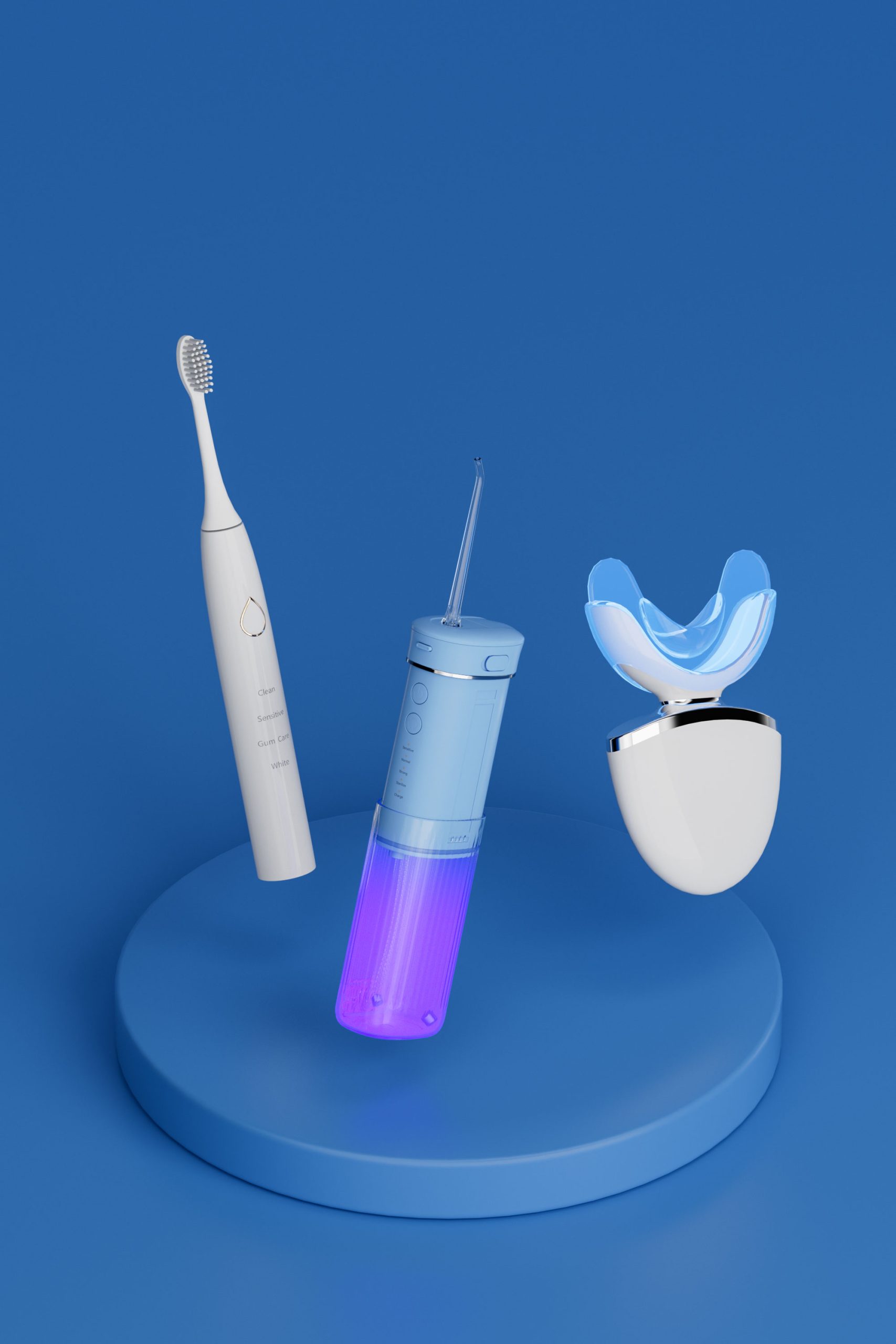
Creating the Ultimate Oral Care Combo: Keys to the Best Toothbrush Water Flosser Design
Electric Toothbrush Ecommerce Bundle Wholesale | Complete Oral Care Sets
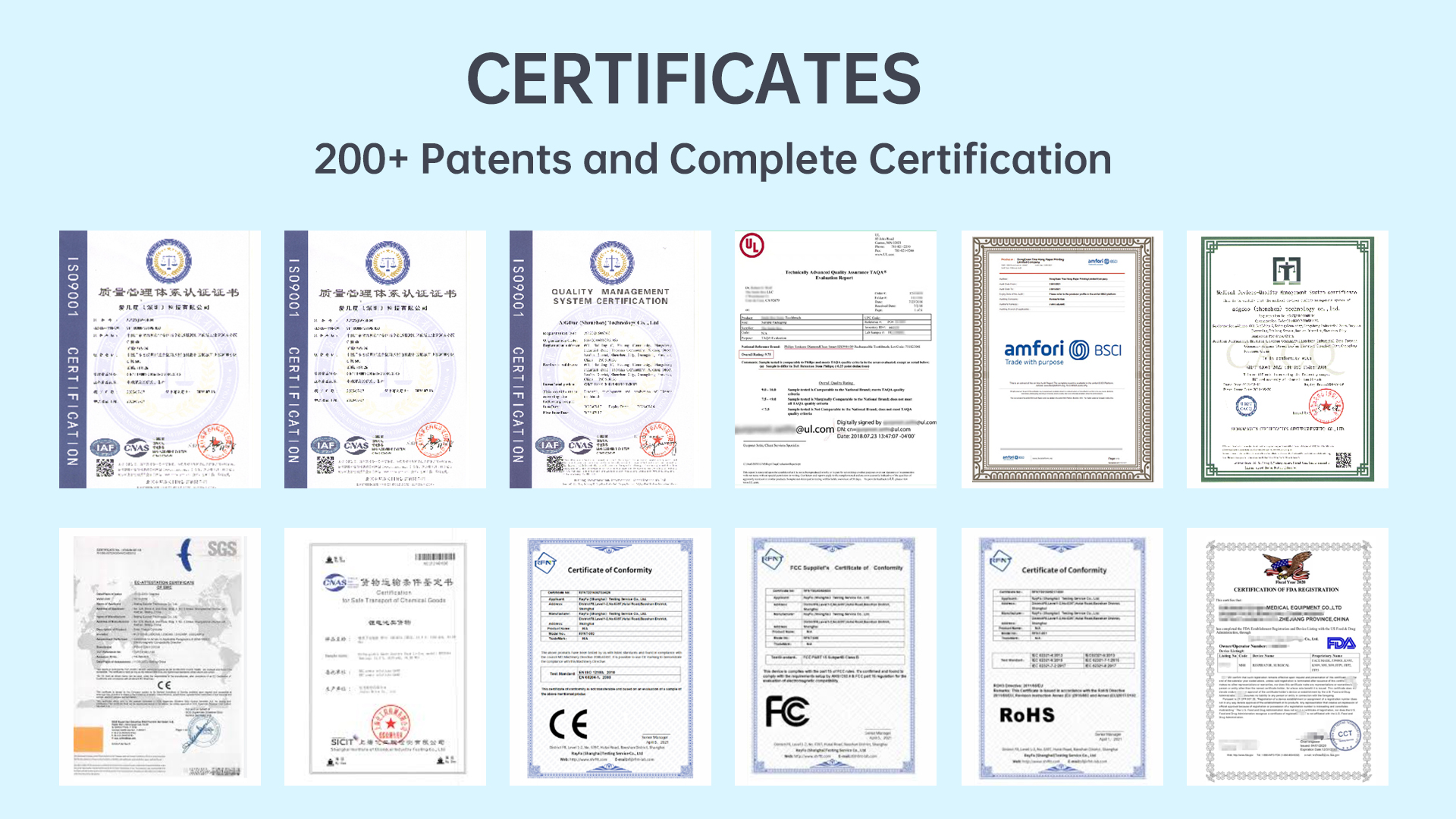
Teeth Whitener Regulations in EU & US: Strategic OEM Manufacturing Insights
Tank Scaling Causing Part Incompatibility?
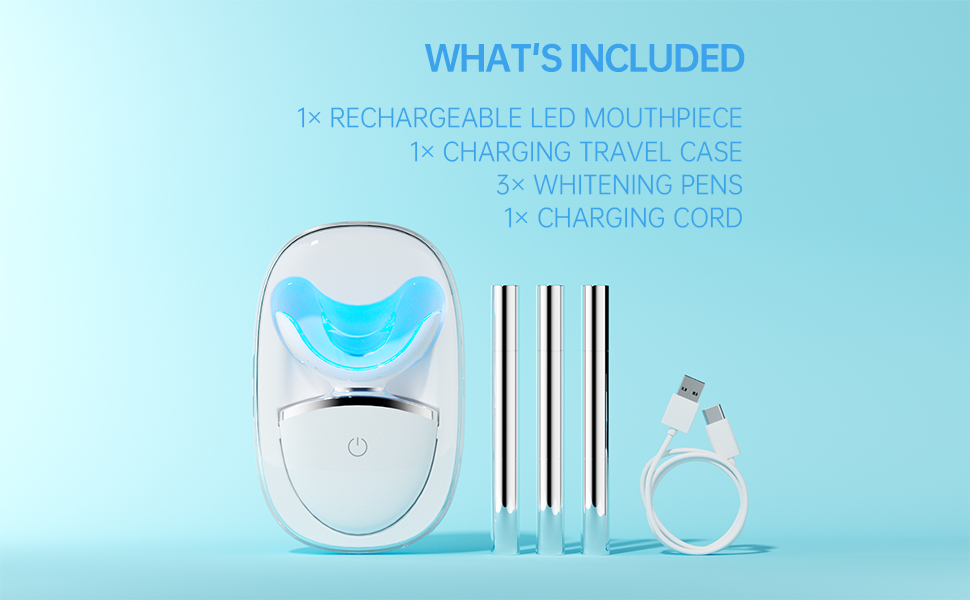
How Do Salons Do the Whitening Teeth Products Business? An OEM Supplier’s Insight
.jpg)
The Ultimate Guide to Purchasing Water Flosser from China for Maximum Value
Need a Reliable Water Flosser Pump OEM for Your Oral Irrigator Components?
-3-scaled-1.jpg)
Carbamide Peroxide vs Hydrogen Peroxide: Choosing the Right OEM Whitening Formula
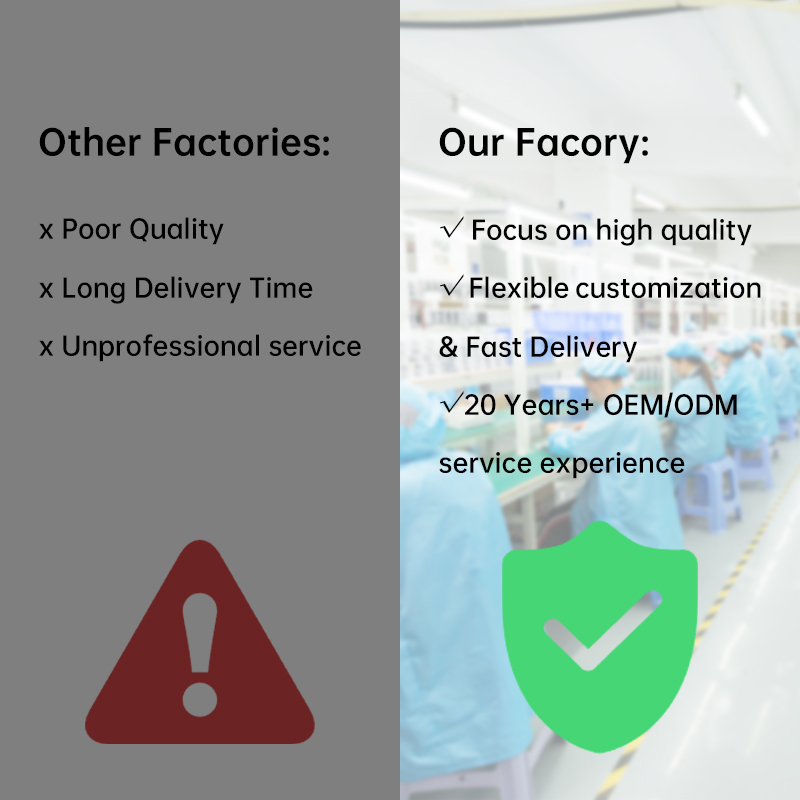
Ensuring Safety in Personal Teeth-whitening: A Guide for OEM Brands
.jpg)
Why Select a Sonic Toothbrush Manufacturer That is Also a Global Export Partner?
Waterproof Sonic Toothbrush for Spas | Professional LED Oral Care Devices
Filter Clogging Leading to Slow Charging?
Fast-Charge Electric Toothbrush OEM | Rapid Charging & Global Standards
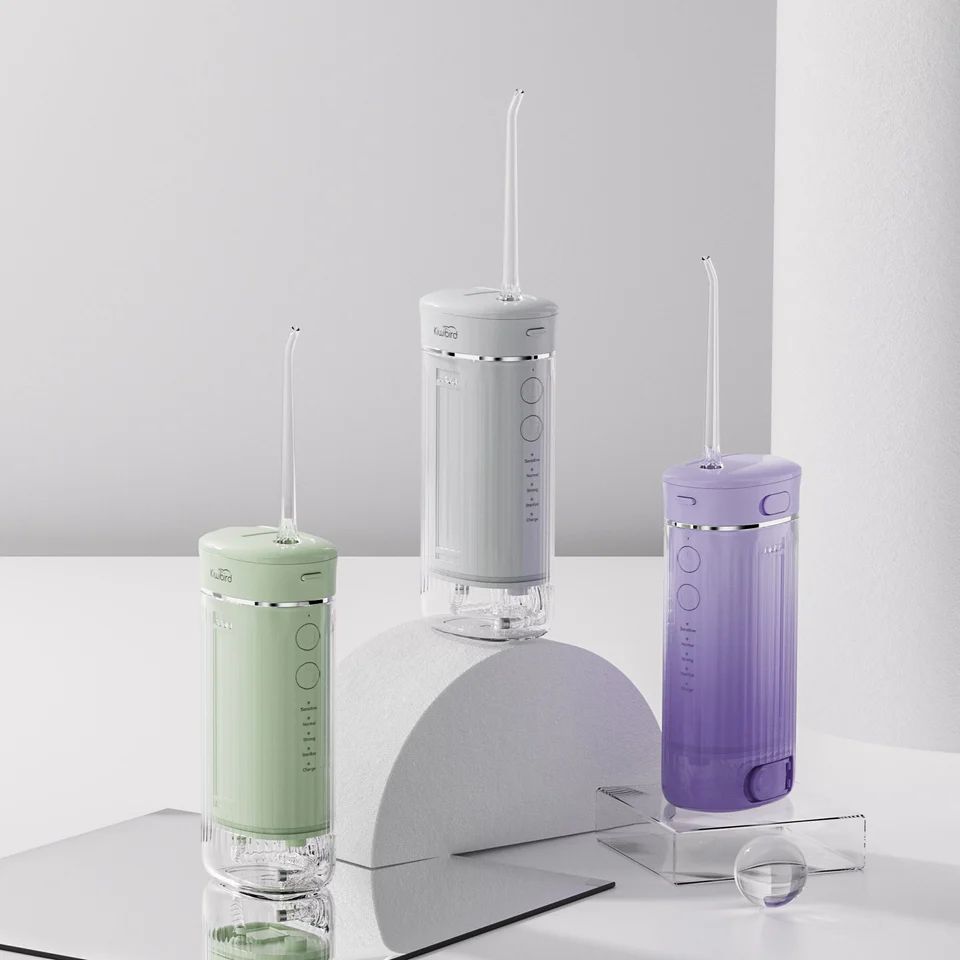
How Brands Can Expand Oral Care Line with Competitive Water Flossers

Private Label Whitening Gel

electric toothbrush heads Regular Clean
.jpg)
Florida Electric Toothbrush – Powsmart PTR-C8

electric toothbrush heads Deep Clean

Customization Teeth Whitening Gel

electric toothbrush heads Ultra Soft

electric toothbrush heads Charcoal Infuse-Round

Electric toothbrush heads Charcoal Infused-Diamond
whstapp
whstapp
National Toll-Free Service Hotline
+86 755 86238638